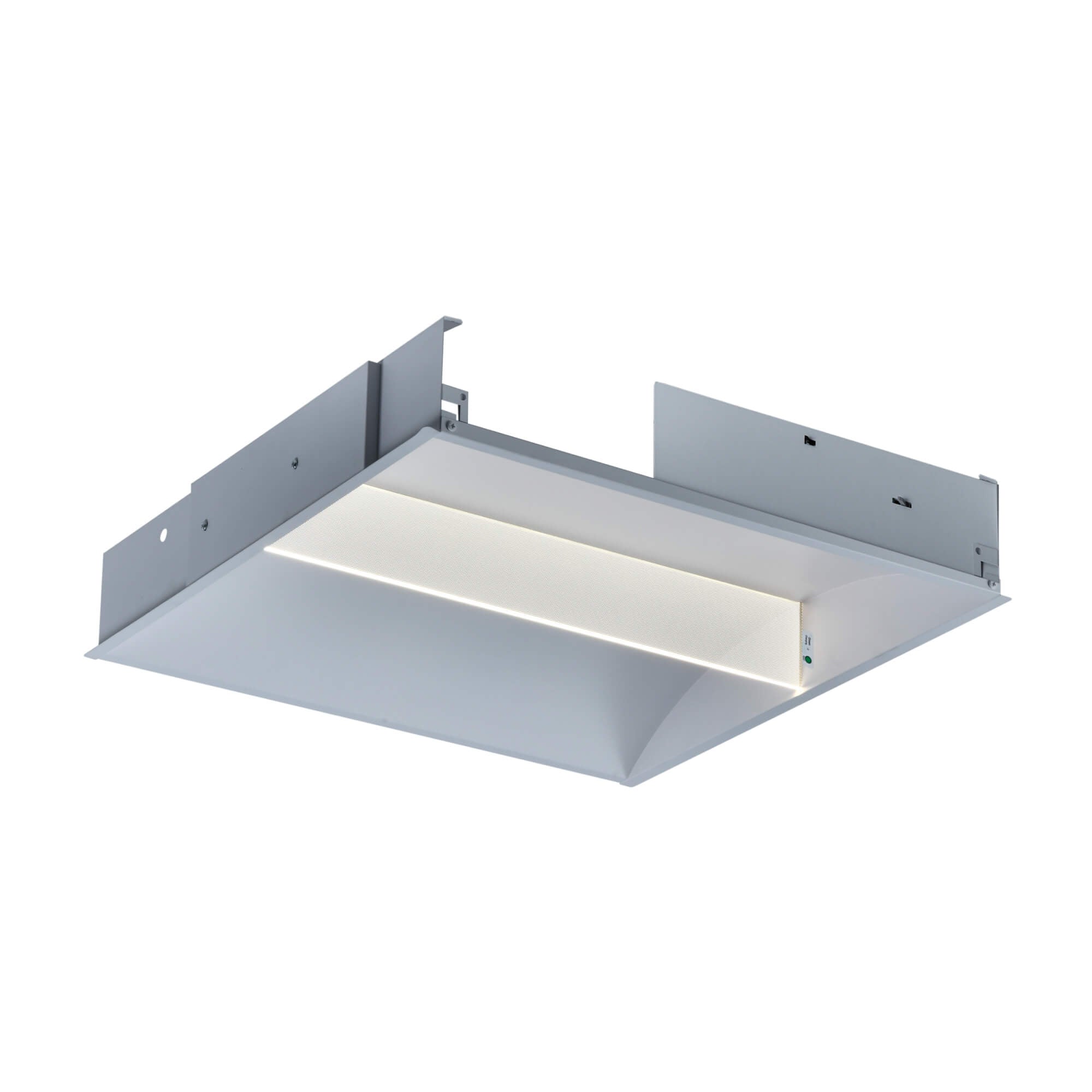Unlock the Secrets of Troffer Lights: Transform Your Space with Cutting-Edge Chinese Technology!
In today's world, where energy efficiency and sustainability are paramount, troffer lights have emerged as a popular choice in modern lighting solutions. These fixtures, commonly used in commercial and residential settings, are designed to fit into modular ceilings, providing a sleek and seamless appearance. The significance of energy efficiency cannot be overstated, especially considering the advancements in technology originating from China. In this article, we will delve into the benefits and features of energy-saving troffer lights, explore their applications, and highlight the innovations in Chinese technology that are transforming these lighting solutions into a compelling choice for any space.

Understanding Troffer Lights
Troffer lights are rectangular light fixtures that are typically recessed into a ceiling grid. They are most commonly found in offices, schools, and hospitals, providing uniform lighting that enhances visibility and comfort. The design of troffer lights allows them to blend seamlessly into the architectural aesthetics of a space, which is one of their primary advantages compared to traditional lighting solutions. Unlike bulky ceiling fixtures, troffer lights offer a low-profile alternative that can accommodate a variety of light sources, including fluorescent and, more recently, LED technology. This adaptability makes them suitable not only for commercial environments but also for modern residential spaces looking to upgrade their lighting solutions.
Energy Efficiency of Troffer Lights
One of the standout features of troffer lights is their energy efficiency, primarily when equipped with LED technology. Traditional fluorescent lights consume significantly more energy, and studies show that LED troffer lights can reduce energy consumption by up to 75%. This dramatic decrease in energy use translates into lower electricity bills for consumers and businesses alike. Furthermore, LED lights have a longer lifespan, often lasting over 50,000 hours compared to the 10,000 hours typical of conventional fluorescent bulbs. Recent research indicates that switching to LED troffer lights can lead to substantial energy savings over time, making them not only an eco-friendly choice but also a financially savvy investment.
Benefits of Using Energy-Saving Troffer Lights
The advantages of using energy-saving troffer lights extend beyond mere energy savings. For instance, the reduced electricity bills are often the first benefit noticed by users. But the benefits go deeper: these lights contribute to a reduced carbon footprint, promoting sustainable living by cutting down on energy consumption and greenhouse gas emissions. Additionally, the longevity of LED troffer lights means less frequent replacements, which not only saves money but also reduces waste. The quality of light produced by these fixtures is another significant benefit; LED lights emit a bright, clear light that enhances visibility and reduces eye strain. Friends of mine who have transitioned to troffer lights in their home offices have reported feeling more alert and productive, attributing this change to the improved lighting quality. When you combine these factors, it becomes clear that energy-saving troffer lights are a holistic solution for both home and business lighting needs.
Innovations in Chinese Technology
China has been at the forefront of innovation in troffer light technology, introducing advanced features that enhance user experience and efficiency. Smart lighting capabilities, such as motion sensors and remote control via smartphone apps, are becoming standard in modern troffer lights. These features allow users to customize their lighting based on their preferences and needs, further optimizing energy use. Additionally, advancements in materials and manufacturing processes have led to improved durability and design aesthetics. For instance, the use of lightweight materials has made installation easier and more flexible, allowing for various configurations to suit different spaces. The impact of these innovations is significant, as they not only improve the functionality of troffer lights but also align with the growing trend toward smart home technology, offering consumers a seamless integration of convenience and efficiency.
Summary of Energy-Saving Lighting Benefits
In summary, energy-saving troffer lights present a transformative lighting solution that combines efficiency, sustainability, and modern technology. The benefits of these lights—lower energy bills, a reduced carbon footprint, longer lifespan, and enhanced lighting quality—make them an excellent choice for both residential and commercial applications. As we have explored, advancements in Chinese technology are pushing the boundaries of what troffer lights can offer, making them not just a trend but a necessity for anyone looking to upgrade their lighting solutions. If you're considering a lighting upgrade, troffer lights could be the answer, providing both style and efficiency for your space.









